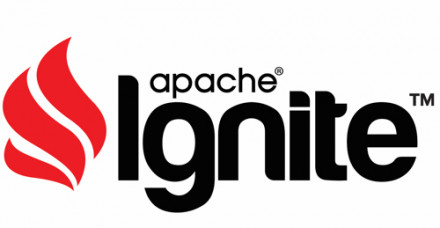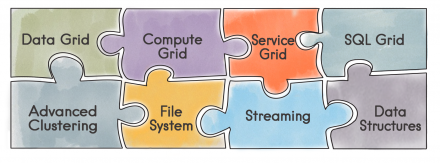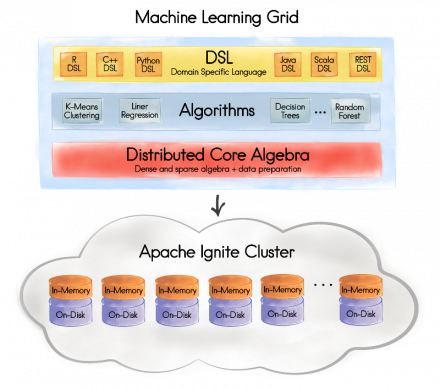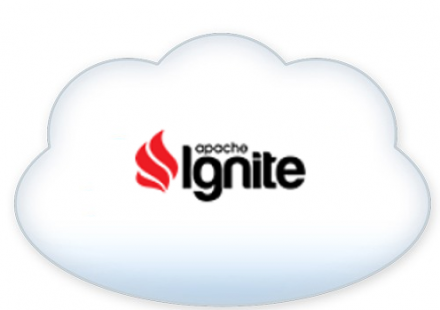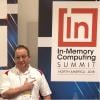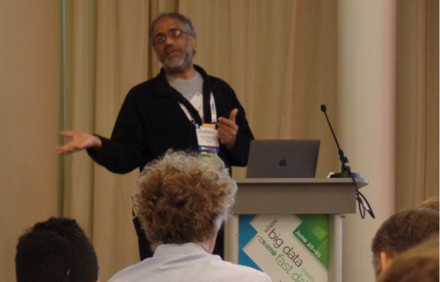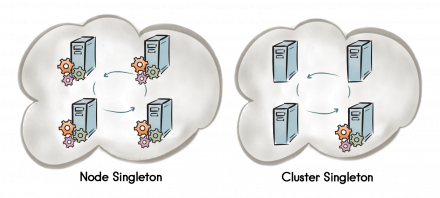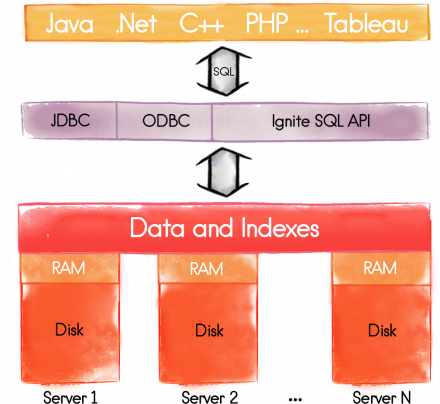The GridGain Systems In-Memory Computing Blog
The forces of big data and fast data are so overwhelming that a "data-driven" business like ours needs to react to these changes, and build capabilities that match the needs of the evolving data economy.
GridGain, as well as other in-memory data grid providers, has for many years used the argument that the price of RAM drops over time.
This has meant that entire datasets could be held…
This article will focus on how to create an Apache Ignite cluster that can support the reading and writing of user-defined objects in a common storage format. This is particularly useful in situations where applications need to work with objects but these objects will be accessed by different programming languages and frameworks. Apache Ignite supports a binary format that is particularly useful…
In this article I will focus on Zero Deployment in Apache® Ignite™.
There is a very useful feature in Apache Ignite for inter-node byte-code exchange called peer class loading, also referred to as P2P class loading. Let’s take a look at this in little more detail.
Peer Class Loading
In Apache Ignite, there is a special distributed ClassLoader which, if enabled, will automatically redeploy Java…
I think all of us are familiar at this point, one way or another, with the phrase: “Moving to the cloud.”
It seems to me that the development community is also hip to the new lingo, according to Gartner, they predict that over $1 Trillion Dollars in IT Spending will be affected by the cloud by the year 2020 alone. That’s an awfully large amount of purchasing power! Companies are shifting the way…
In this article I will focus on the new Machine Learning (ML) Grid. This is in development, but already offers a number of capabilities that may be very useful to Data Scientists.
Machine Learning (ML) Grid
Machine learning is a method of data analysis that automates the building of analytical models. By using algorithms that iteratively learn from data, computers are able to find hidden…
In this post, I will cover the changes in Apache® Ignite™ 2.0/2.1 (which tracks to GridGain 8.0/8.1) that are important when implementing a project in Ignite. Then we will discuss the easiest way to setup a cache and just use the basic functionality of the Data Grid.
So, Apache Ignite 2.0 & 2.1 have dropped! This is awesome news for you as a user. This is fun times for us at GridGain…
In-memory databases, data grids and computing platforms just cannot put aside the existence -- and necessity -- of good old-fashioned disk drives. The performance boost given by RAM is tempting and promising but almost nobody wants to lose data. Services and applications call for durability unless the data is of no value to them or floods into the system at such a rate that you can…
My colleague Akmal B. Chaudhri presented a webinar earlier this week where he looked in detail at Apache® Ignite™ architecture's ACID-compliant transactional subsystem.
After watching his webinar, recorded below, you'll have a better understanding of why companies in many industries, including large banks and financial institutions, trust Apache Ignite and make it their platform of…
The Apache Ignite Service Grid will be the subject of this article in this blog series.
Service Grid
The main feature of the Apache Ignite Service Grid is to deploy services onto a cluster with availability and fault-tolerance. A counter or an ID generator would be simple examples of services.
A major use-case for the Service Grid is to deploy a Singleton. There are a number of different types…
This is the fifth article in this blog series and I will focus this time on the support for a distributed SQL database in Apache® Ignite™.
Distributed SQL database
Today, SQL is still a very popular language for data definition, data manipulation and querying in database management systems. Although often associated with Relational database systems, it is now used far more widely with many non-…



